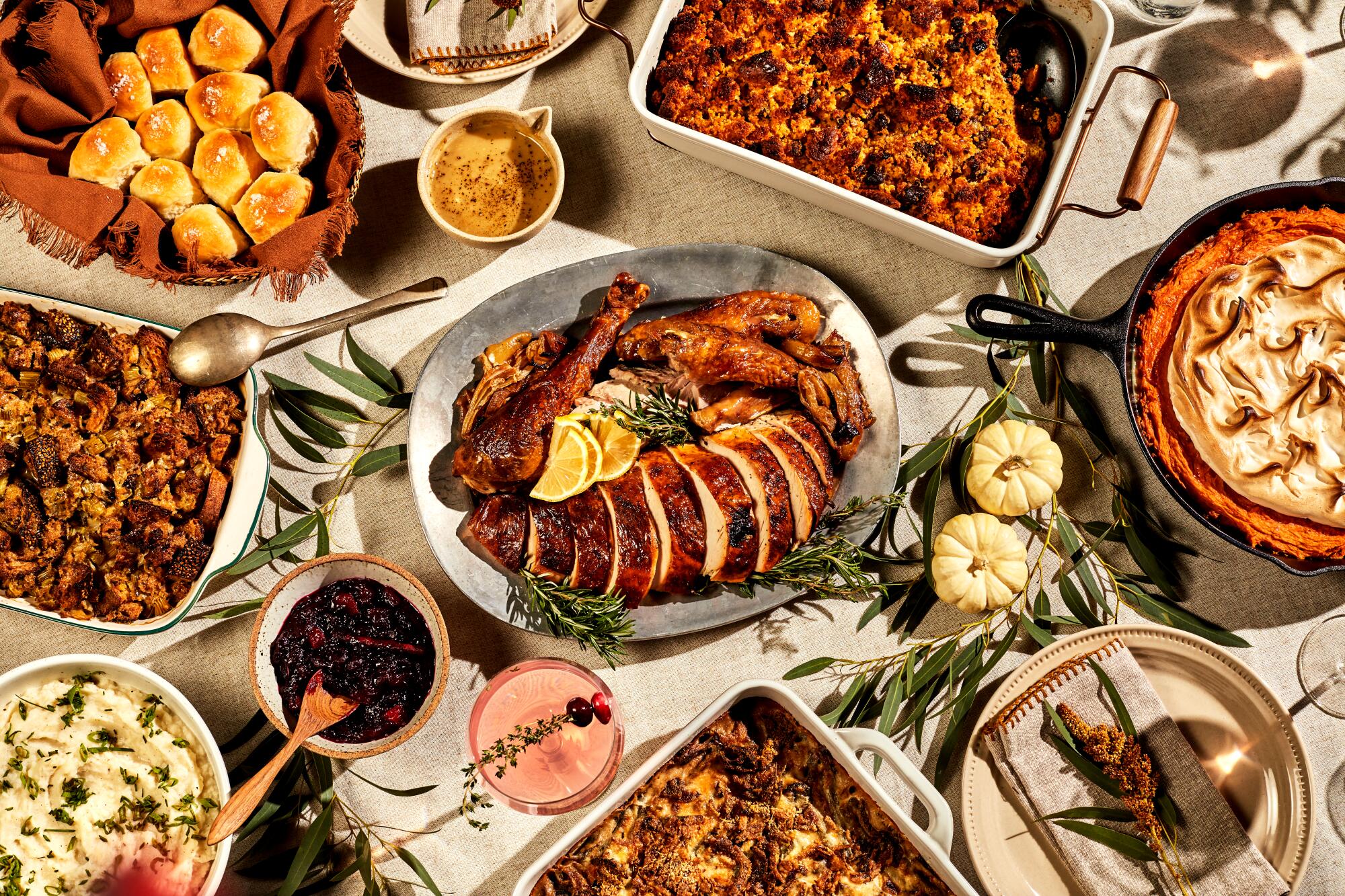
Why Recipes Matter
Recipes serve as a roadmap for creating culinary masterpieces, whether you’re a seasoned chef or a beginner in the kitchen. They provide structure, helping cooks balance ingredients, flavors, and techniques to achieve delicious results. Beyond that, recipes act as a bridge between cultures, offering insight into the traditions and stories behind various cuisines.
Anatomy of a Great Recipe
A well-crafted recipe is more than just a list of ingredients. It’s a comprehensive guide designed to ensure success.
Ingredients List
- Precise Measurements: Accuracy is key to achieving the right balance of flavors.
- Clear Descriptions: For example, specifying “1 cup finely chopped onions” rather than just “1 cup onions.”
- Substitutions: Offering alternatives for ingredients makes recipes more accessible.
Step-by-Step Instructions
- Logical Order: Steps should flow naturally, from preparation to plating.
- Time Estimates: Knowing cooking or baking times helps with planning.
- Technique Details: Explaining methods like folding, whisking, or deglazing can guide even novice cooks.
Visual and Sensory Cues
- Instead of just stating, “Bake for 30 minutes,” a good recipe adds, “until golden brown and a toothpick inserted comes out clean.”
How to Create Your Own Recipe
Start with a Base Idea
- Decide on the type of dish you want to make (e.g., pasta, soup, dessert).
- Research similar recipes to understand key components and techniques.
Experiment with Flavors
- Spices and Herbs: Experiment with combinations like cumin and coriander for an earthy profile or basil and oregano for an Italian flair.
- Acidity and Sweetness: Balance flavors by adding elements like vinegar, lemon juice, or honey.
- Textural Contrast: Combine crispy, creamy, and chewy elements for a satisfying dish.
Test and Adjust
- Cook your dish and take notes on what works and what doesn’t.
- Adjust seasoning, texture, or cooking time based on feedback.
Tips for Following Recipes Successfully
Read the Recipe Thoroughly
Before you start cooking, read the recipe from start to finish to avoid surprises mid-way.
Prepare Ingredients in Advance
Having everything chopped, measured, and ready (mise en place) ensures a smooth cooking process.
Trust Your Senses
Sometimes, recipes need minor adjustments based on your equipment, ingredients, or preferences. Trust your taste buds and instincts.
Types of Recipes to Explore
Quick and Easy Recipes
- Ideal for busy weeknights.
- Examples: Stir-fries, one-pot pastas, and sheet-pan meals.
Classic Comfort Foods
- Perfect for nostalgic, hearty meals.
- Examples: Macaroni and cheese, chicken pot pie, or lasagna.
Healthy and Nutritious Recipes
- Focused on balanced nutrition without sacrificing flavor.
- Examples: Buddha bowls, grilled salmon with veggies, or quinoa salads.
International Recipes
- Explore global cuisines to expand your culinary horizons.
- Examples: Japanese ramen, Indian butter chicken, or Mexican enchiladas.
Desserts and Baking
- Perfect for special occasions or satisfying a sweet tooth.
- Examples: Chocolate chip cookies, cheesecake, or banana bread.
Adapting Recipes to Suit Your Needs
Dietary Restrictions
- Replace dairy with plant-based alternatives like almond milk or coconut cream.
- Use gluten-free flours for baking.
Personal Preferences
- Adjust spice levels, reduce sugar, or add more vegetables to fit your taste.
Ingredient Availability
- Substitute local or seasonal ingredients if certain items are unavailable.
Recipe Example: Classic Spaghetti Bolognese
Ingredients:
- 1 pound ground beef or turkey
- 1 medium onion, finely chopped
- 2 cloves garlic, minced
- 1 can (14 ounces) diced tomatoes
- 2 tablespoons tomato paste
- 1/2 cup beef or vegetable broth
- 1 teaspoon dried oregano
- 1 teaspoon dried basil
- Salt and pepper to taste
- 12 ounces spaghetti
- Grated Parmesan cheese for serving
Instructions:
- Heat a large skillet over medium heat. Add the ground beef and cook until browned. Drain excess fat.
- Add the onion and garlic to the skillet. Sauté until the onion is translucent.
- Stir in the diced tomatoes, tomato paste, broth, oregano, basil, salt, and pepper. Simmer for 20 minutes, stirring occasionally.
- Meanwhile, cook the spaghetti according to the package instructions. Drain and set aside.
- Toss the cooked spaghetti with the sauce. Serve hot, topped with grated Parmesan cheese.
Conclusion
Recipes are more than just instructions—they’re a gateway to creativity, culture, and connection. By mastering the basics and exploring new techniques, you can transform simple ingredients into extraordinary dishes. Whether you’re following a recipe to the letter or adding your personal twist, the joy of cooking lies in the journey of discovery.